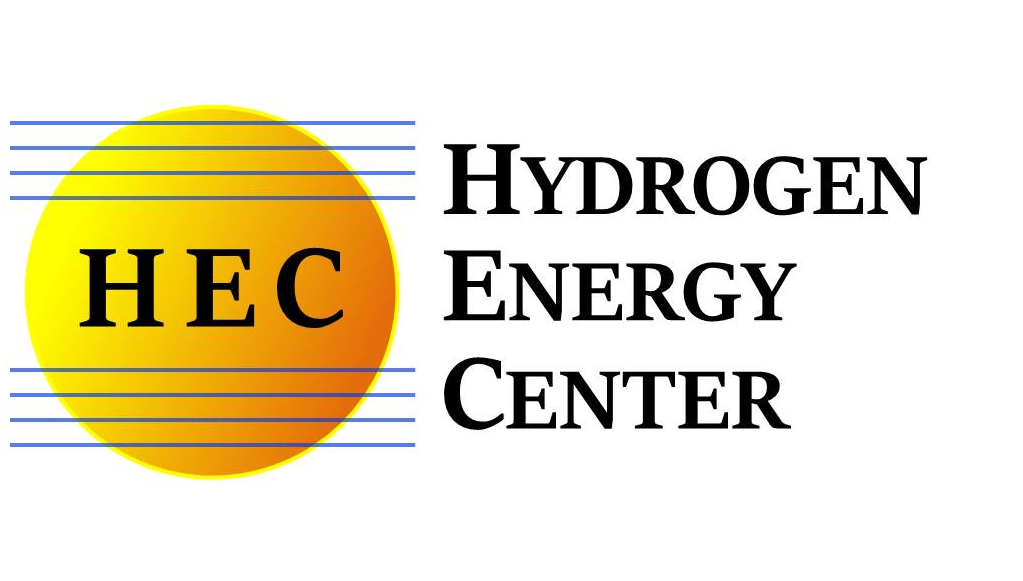Combined Heat and Power
Fuel cells use an electrochemical process to convert the chemical energy in a fuel to electricity. In contrast to reciprocating engines and gas turbines, fuel cells generate electricity without combusting the fuel. The first practical application for fuel cells emerged in the 1950s when fuel cells were used to provide onboard power for spacecraft. Fuel cells continue to be used in space exploration, but over the past few decades the technology has migrated to other applications, including vehicle transportation and stationary power generation. For stationary power, fuel cells are used for distributed generation (electricity only) and are also configured for combined heat and power (CHP). Fuel cell -based systems are commercially available and rather widely used for single-system production of heat, electric power, cooling and hydrogen fuel production.
Known generically as CHP (“combined heat and power”) systems, this fuel cell equipment produces far more than just heat and power. Variations of these fuel cell systems are deployed for very clean, quiet and reliable power applications ranging from urban commercial and industrial deployments to remote, off-grid power supply solutions. Home-scale combined heat and power fuel cell systems are being fine-tuned for high-volume markets.

